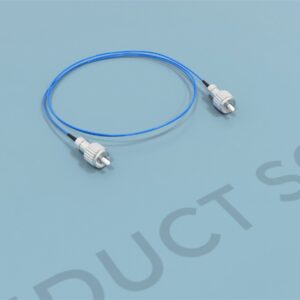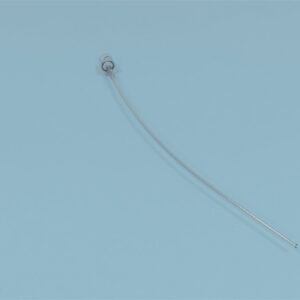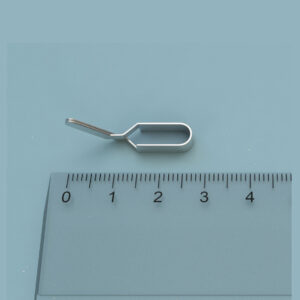$4,950.00
The motor functions of rodents are a key indicator in many neurobiological studies, particularly in the context of diseases like Parkinson’s and Alzheimer’s. Understanding these functions requires precise measurement and analysis of the walking gait and movements of these animals. Our gait analysis system combines the FTIR walkway with our AI-powered ConductVision gait tracking and analysis software to give a highly accurate solution to measuring gait in rodents.

MazeEngineers offers custom-built behavioral mazes at no extra cost—designed to fit your exact research needs. Eliminate reproducibility issues from poor sizing or lingering scent cues with precision-engineered, modular, and smart mazes that adapt in real time to animal behavior. Publish new protocols, run adaptive experiments, and push the boundaries of behavioral science.



Traditional methods for analyzing mouse gait involve manual observation and video recording, which are time-consuming and prone to human error. Moreover, these methods often require the physical handling of the mice, which can cause stress and affect their natural behaviors.
There is a clear need for an automated, accurate, and non-invasive method to monitor these animals, which led to the development of the combination of our FTIR walkway with our ConductVision tracking and analysis software.
The FTIR walkway consists of 6 key components:
Our video tracking cameras have the following specifications
ConductVision has been developed with the most stante-of-the-art AI techniques to ensure accurate capture and analysis of high-quality data for the following metrics:
The fTIR Walkway allows automated recording of motor and locomotion parameter including step patterns, footprint positioning, inter-leg coordination, and footprint contact parameters. The following set of kinematic parameters can be recorded in the fTIR Walkway device and ConductVision combo:
 Neurological Disorders
Neurological DisordersParkinson’s Disease (PD)
Gait changes: shuffling steps, reduced stride length, asymmetry
Stroke
Gait changes: unilateral limb weakness, asymmetry
Multiple Sclerosis (MS)
Gait changes: spasticity, ataxia
Amyotrophic Lateral Sclerosis (ALS)
Gait changes: progressive hindlimb weakness
Spinal Cord Injury (SCI)
Gait changes: limb paralysis, recovery progression
Peripheral Neuropathy
Gait changes: foot dragging, altered paw placement
Cerebellar Ataxia
Gait changes: wide-based stance, uncoordinated movement
 Musculoskeletal Disorders
Musculoskeletal DisordersOsteoarthritis
Gait changes: limping, reduced weight-bearing
Rheumatoid Arthritis
Gait changes: inflammation-related joint stiffness
Muscular Dystrophy
Gait changes: reduced muscle strength and stride
 Pain Models
Pain ModelsInflammatory Pain
Gait changes: altered weight-bearing, paw guarding
Neuropathic Pain
Gait changes: limping, changes in gait cycle
 Genetic and Developmental Disorders
Genetic and Developmental DisordersAutism Spectrum Disorders (ASD)
Gait changes: subtle motor coordination deficits
Huntington’s Disease
Gait changes: hyperkinetic or hypokinetic movements
 Metabolic Disorders
Metabolic DisordersDiabetes Mellitus
Gait changes: diabetic neuropathy impacts gait
There are no questions yet. Be the first to ask a question about this product.
Monday – Friday
9 AM – 5 PM EST
DISCLAIMER: ConductScience and affiliate products are NOT designed for human consumption, testing, or clinical utilization. They are designed for pre-clinical utilization only. Customers purchasing apparatus for the purposes of scientific research or veterinary care affirm adherence to applicable regulatory bodies for the country in which their research or care is conducted.